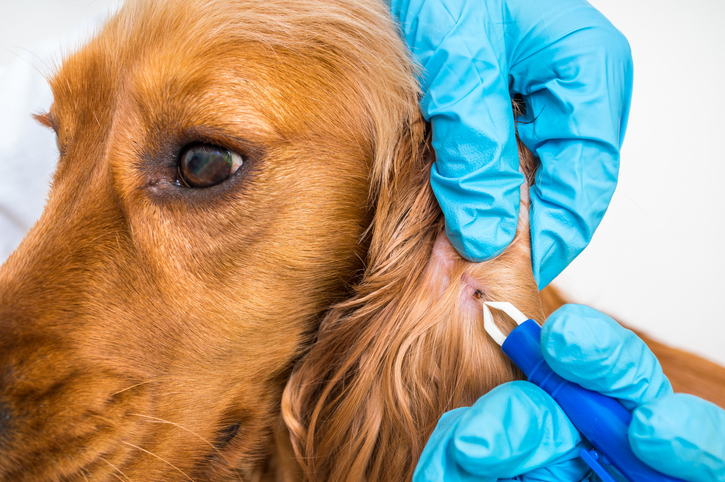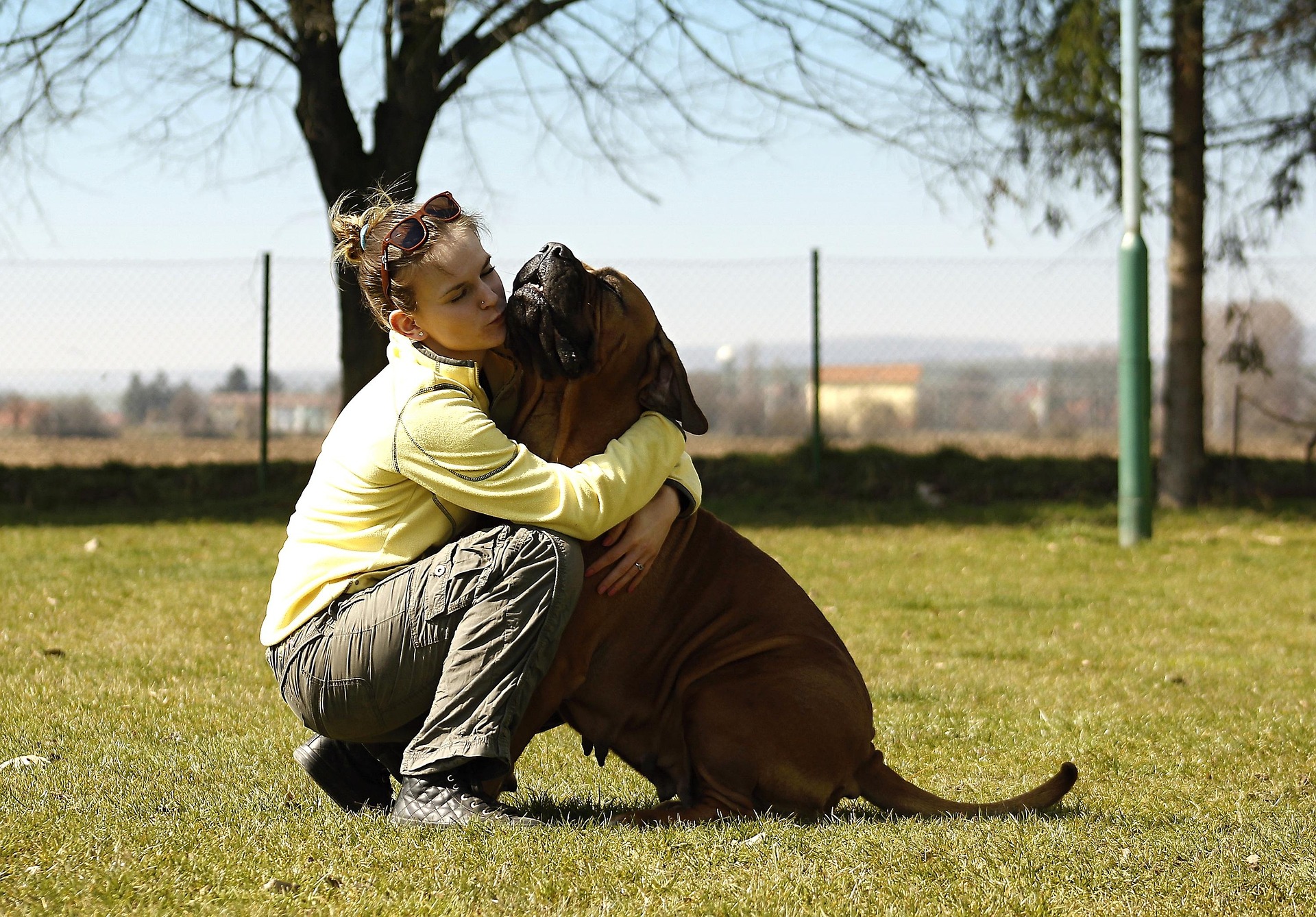Dogs need dental care just like cats and humans! Caring for their teeth daily can help to prevent other oral health problems. In honour of Pet Dental Health Month, we go over how to watch for the signs and symptoms of dental issues as well as inform you about the dental diseases dogs can have that, if left untreated, may require a visit to a dog hospital.
Dental Diseases in Dogs
Tooth decay is very common among humans but is rare in dogs. The most common dental issues seen in dogs are fractured teeth and periodontal disease, also known as gum disease. Although there are no outward signs or symptoms in the beginning of gum disease, once it has advanced it can cause your dog to experience chronic pain, eroded gums, and missing teeth. Periodontal disease is so common that over 80% of dogs over the age of three are known to have it. It is 5 times more often to happen in dogs than in humans.
There is Such a Thing as Bad Doggie Breath: Halitosis
Most people don’t think highly of their dog’s breath daily, but if your dog’s breath is worse than normal, it could be halitosis. Halitosis is caused by a build-up of foul-smelling bacteria in the mouth, lungs, or gut. If your dog has halitosis, it can mean that there could be something wrong in their gastrointestinal tract, liver, or kidneys, or it just means they need better dog dental care. Either way, it’s always better to get your pup checked out by their veterinarian to be sure. Halitosis usually appears if the dog has gum disease, an infection, or tooth decay.
If you detect these smells in your dog’s breath, get them checked right away:
- Unusually sweet or fruity: can indicate diabetes, especially if your dog is drinking and peeing more than normal.
- Urine: a sign of kidney disease.
- Unusual foul odor: a liver problem, especially if accompanied by vomiting, lack of appetite, and yellow-tinged eyes.
What is Periodontal Disease?
Periodontal disease in dogs is the inflammation or infection of the tissues or gums surrounding the tooth. It’s caused by the buildup of plaque and tartar, which causes periodontal pockets or receding gums around where the tooth is attached. If left untreated, the infection will make things worse for your dog.
Plaque and Tartar Buildup
As we all know, mouths are full of thousands of bacteria which multiply on the surface of the tooth, forming an invisible layer which is the plaque (or biofilm). A dog’s tongue and chewing habits can remove some of the plaque.
However, the plaque can thicken, becoming mineralized and creating tartar if it’s allowed to remain on the tooth’s surface. The tartar builds up below and above the gum line which can lead to inflammation (gingivitis). Further plaque buildup can lead to periodontal disease.
What Can Factor in the Development of Dental Diseases in Dogs?
- Age and general health: dogs at any age can develop dental diseases, but the most commonly affected are adult and senior dogs.
- Diet and chewing behavior: canned dog food rather than hard kibbles is not that good at keeping plaque from accumulating. Various toys or treats may also be contributing to some of the buildup.
- Tooth alignment: while dogs with their teeth often crowded together (often in smaller breeds) are at greater risk of developing dental diseases, all dogs whether their teeth are straight or crooked are at risk. This is one reason why daily brushing is so important!
- Home care: if you are not taking regular care of your dog’s teeth at home by brushing daily (if possible), this increases the risk of dental diseases as well as the amount of plaque and tartar buildup in their mouth.
Signs and Symptoms of Oral Health Issues in Dogs
- Problems with eating hard food
- Red/swollen gums
- Loose teeth
- Persistent bad breath
- “Talking” or making noises when they eat or yawn
- Bumps or lumps in the mouth
- Ropey saliva
- Favouring one side of the mouth while chewing
- Withdrawing from being touched
- Sensitivity around the mouth
- Stomach or intestinal upsets
- Loss of appetite
- Irritability
- Weight loss
You should take your pooch to a dog hospital at once if you see these signs and symptoms of dental problems:
- Bad breath
- Red, swollen, painful or bleeding gums
- Change in eating or chewing habits
- Visible tartar on the gum line
- Bumps or growths in their mouth
- Pawing at their face or mouth
- Excessive drooling
- Missing, discoloured, broken, or misaligned teeth
Prevention
Dental diseases in dogs may be common but each one we’ve mentioned is preventable! Doing your best brush your dog’s teeth at least once a day is recommended. If for some reason you are unable to do so yourself, there are toys and treats that can help. It’s best to get help from your vet if your dog resists or refuses to have their teeth cleaned. When in doubt, ask your family veterinarian about dog dental care, report any teeth issues you may have noticed, and make it a point to have your pooch checked regularly.
Creative Commons Attribution: Permission is granted to repost this article in its entirety with credit to Hastings Veterinary Hospital and a clickable link back to this page.






